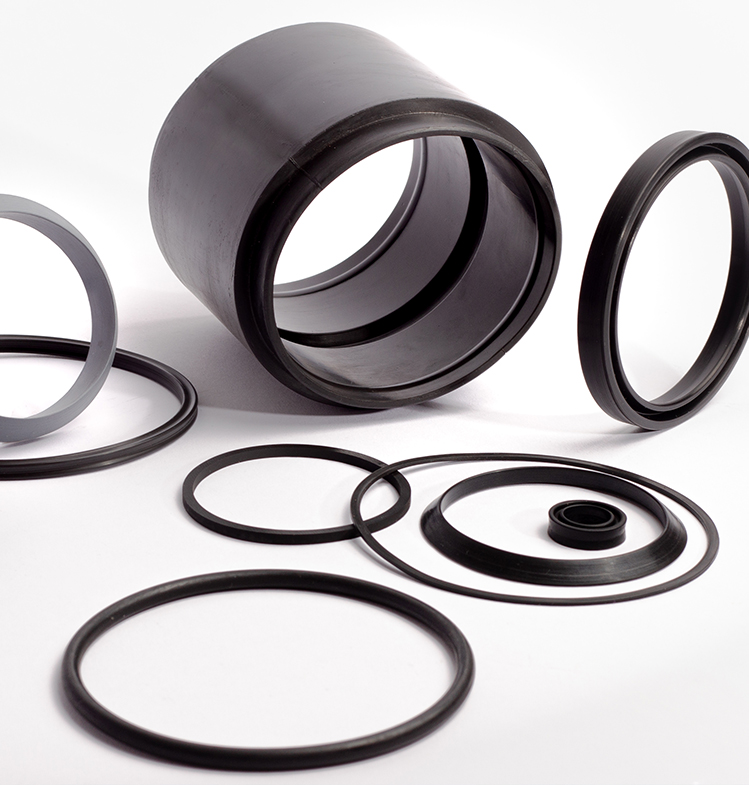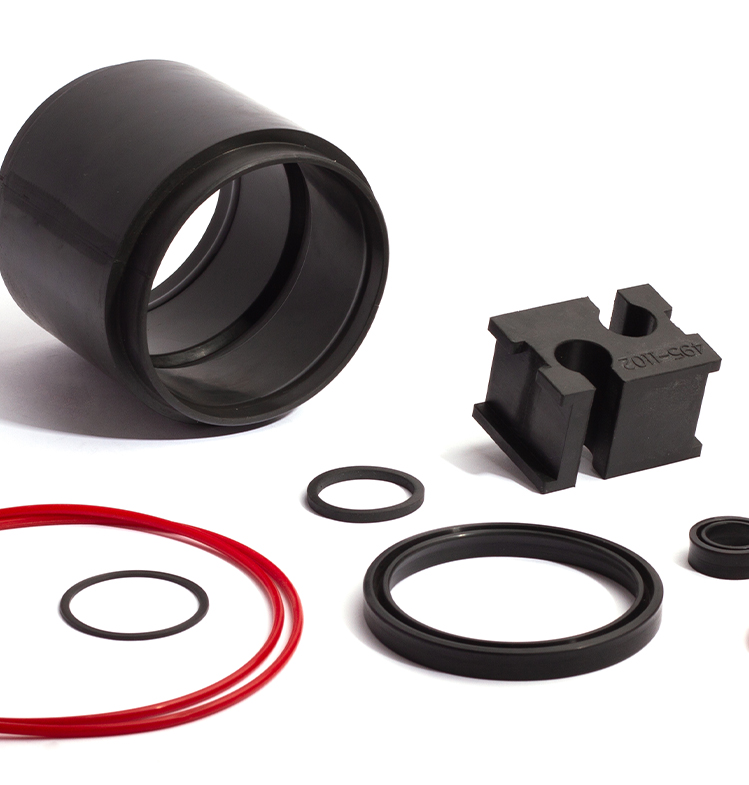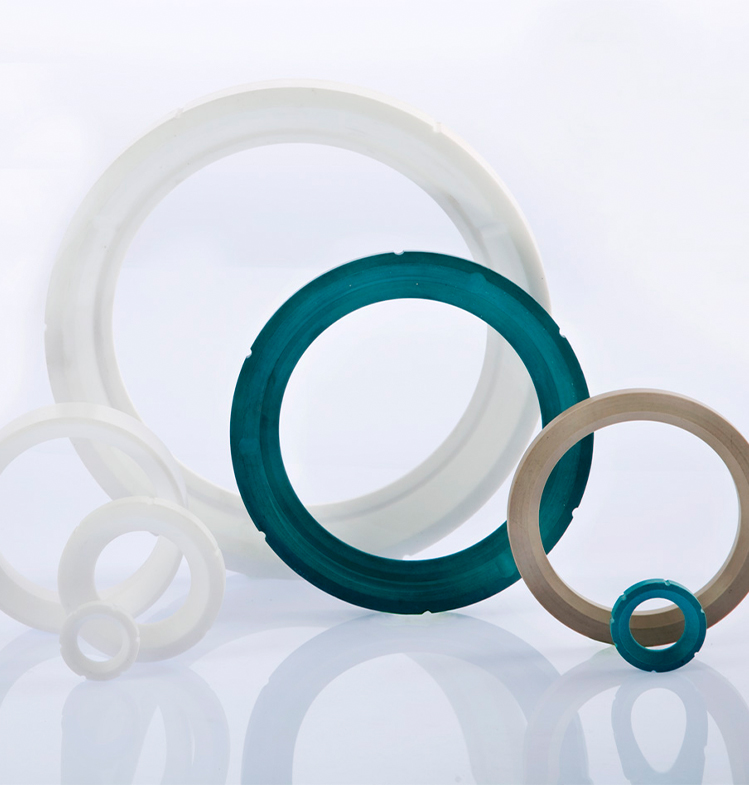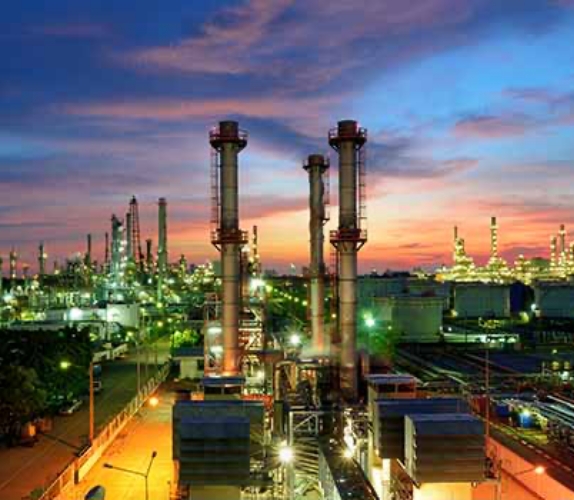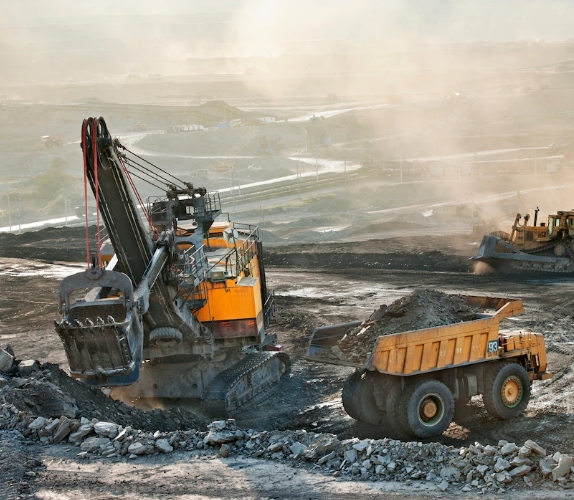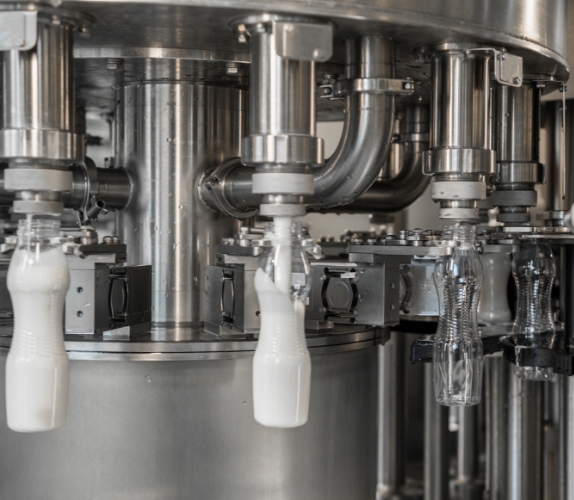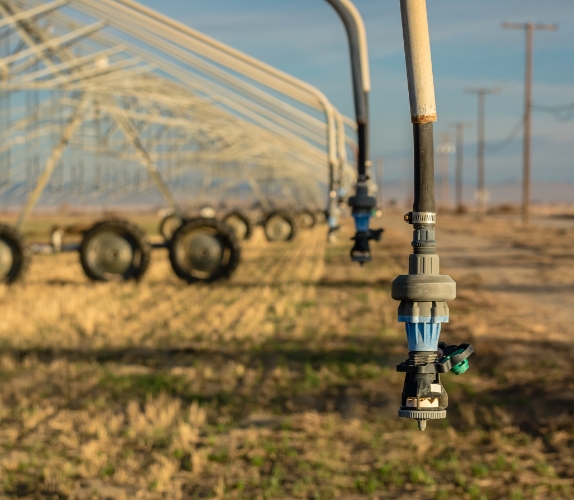What are Engineering Plastics?
Engineering Plastics are high performance synthetic materials with high durability and heat resistance. These engineering plastics are used in industrial components that require superior functionality. The high performance plastics are specifically designed to have better characteristics than general purpose or commodity plastics. These properties may include better mechanical, electrical, and thermal properties; improved chemical and ultraviolet light resistance; and biocompatibility for food packaging applications.
In this article, we will go through the difference between commodity plastics and engineering plastics, the properties of engineering plastics, its uses and applications etc.
What is the difference between Commodity Plastics and Engineering Plastics?
Commodity plastics or General Purpose Plastics are used in high volume applications where technical requirements are not stringent. These commodity plastics are relatively inexpensive to produce and possess weaker mechanical properties.
Some examples of Commodity Plastics include:
- Polypropylene (PP)
- Polyethylene (PE)
- Polyvinyl Chloride (PVC)
- Polystyrene (PS) etc.
The technologically advanced engineering plastics possess greater mechanical and thermal properties. They have the capability to replace traditional engineering materials such as ceramics and metals in specific cases because of their higher performance and enhanced durability.
What are the different types of Engineering Plastics?
There are various types of engineering plastics. These may include:
- Poly tetra fluoro ethylene (PTFE).
- Reinforced Poly tetra fluoro ethylene (RPTFE).
- Poly chloro trifluoro ethylene (PCTFE).
- Poly ether ether ketone (PEEK).
- Reinforced Poly ether ether ketone (RPEEK).
- PolyImide (PI).
- PolyOxyMethylene (POM).
What are the Properties of Engineering Plastics?
1.Abrasion Resistance
Abrasion resistance is the ability of a material to resist the loss of volume from its surface due to rubbing, sliding or scraping. Engineering plastics have a low coefficient of friction compared to metals in the same or similar applications. They also possess self-lubrication properties, making them ideal for extended wear and use in load-bearing applications.
2.Chemical Resistance
Chemical resistance describes the ability of a material to withstand a chemical attack for a specific period without significant deterioration of its performance properties. Some types of engineering plastics possess the ability to resist corrosive chemicals without the loss in their form and structure.
3.Dimensional stability
Dimensional stability is a measure of a material’s ability to retain its fit, form, and functional properties throughout its lifecycle. Engineering Plastic parts are used in demanding applications and are subject to high levels of mechanical stress. These plastic parts also possess the advantage of being lighter in weight compared to metals. For additional dimensional stability, the thermoplastic can be reinforced with glass fibers or other fillers.
4.Electrical properties
Electrical properties are related to a material’s ability to conduct or insulate electrical currents. Electrical conductivity and resistivity are the two critical electrical properties of engineering plastics. Most engineering plastics are poor electrical conductors which makes them ideal for applications where electrical insulation is desired, such as in various electronic and wiring applications.
5.Thermal Resistance
Thermal resistance refers to a material’s ability to resist changes in its form and structure under varying temperatures. Different engineering plastics possess different levels of thermal resistance, hence it is important to choose the right grade for a particular application. Engineering Plastic like PEEK can be used in high-temperature applications up to 250 deg. C, and PTFE can be used in low-temperature applications as low as -150 deg. C
6.Flammability
Flammability can be defined as a material’s ability to catch fire. Depending on the type of engineering plastic, the material’s extent of flammability may vary. For eg. materials such as PEEK or PPS are specifically formulated to provide flame resistance and prevent ignition. Polytetrafluoroethylene (PTFE) is a non-flammable engineering plastic. It is a strong, waxy and tough resin produced by the polymerization of tetrafluoroethylene. This engineering plastic is used in high temperature applications, and is stable in conditions up to 500 deg. F
7.Food compatibility
Food compatibility refers to a material’s safety for use when it comes in contact with food. Since engineering plastics are heat resistant, chemical resistant and wear & tear resistant, the material’s form and chemical structure does not change when it comes in contact with food at different temperatures. Of all the engineering plastics, PTFE and PEEK are the most compatible in food and beverage applications.
8.Impact strength
Impact strength is the ability of a material to absorb energy during plastic deformation. The toughness of plastics is measured by their resistance to impact. Nylon and PEEK have the best impact strength.
9.UV Resistance
Amongst all the Engineering Plastics, PTFE is known to have the best UV Resistance because of the strong carbon-fluorine bonds found in the material.
What are the Uses and Applications of Engineering Plastics?
ISMAT’s Novum Series of Engineering Plastics are primarily used in industries, as seals and gaskets. They are used across various industries like:
- Food & Beverage
- Automotive
- Oil & Gas
- Aerospace
- Chemical
- Medical & Pharmaceutical
- Drinking Water or Potable Water Applications
Engineering plastics can be used to manufacture the following components:
- Valve Seats
- Stem Seals
- Valve sleeves
- Envelope gaskets
- Chevron packings
- O-rings
- Guide rings
- Spring energized seals
- Washers
- Gaskets
- Wear rings
- Piston seals
- Custom designed parts
What is the Process of Manufacturing Engineering Plastic Components?
At ISMAT, manufacturing of the engineering plastic components is done under the following steps:
- Cold compression moulding
Compression moulding is the process of manufacturing complex composite components with the application of pressure under varying temperatures – depending on the composite. Cold compression moulding is a curing process for thermoplastics, where the curing takes place at room temperature.
- Sintering
Once the moulding process is completed, the components are then taken for Sintering.
Sintering is a heat treatment process where a material is converted to a solid mass with the application of heat, below the material’s melting point.
- Machining
Once the component has been cured, it is machined according to the specific dimensions.
- Deflashing
Deflashing involves the removal of excess plastic material from its body surface. Deburring is a type of deflashing technique that removes sharp edges or burrs from plastic materials, leaving the material with smooth edges and fine finished surface.
- Quality Inspection
Quality Inspection is the process of evaluating and verifying if the inspected materials and products conform with the specified requirements. Quality inspectors are a critical part of ensuring that products are of high quality and produced in compliance with the client’s standards.
Summary
Engineering Plastics possess greater physical and chemical properties in comparison to other commodity plastics and metals. These materials can be used in various industrial applications due to factors such as: superior abrasion resistance, thermal resistance and chemical resistance. Engineering plastics may be used in the manufacture of Seals, Valve seats, Gaskets, Washers and other custom molded components. Get in touch with us to learn more about engineering plastics. Follow us on LinkedIn for more such articles.


